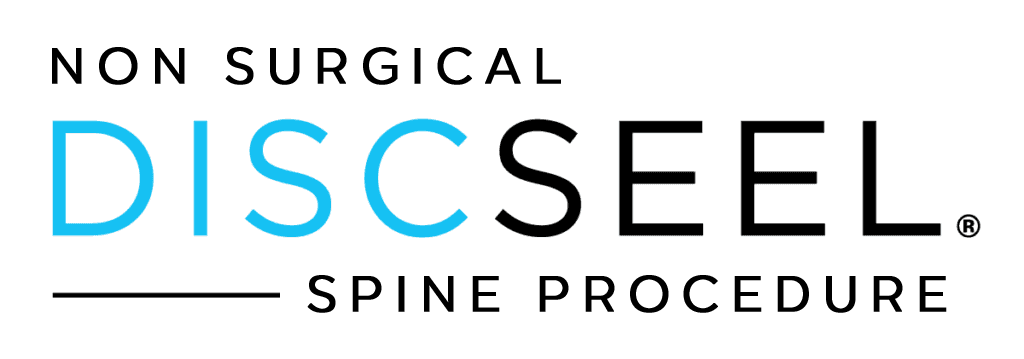Jacksonville Man's Tennis Dreams Reignited by Wimbledon News
Tom Johnson*, a 45-year-old former tennis enthusiast from Jacksonville, Florida, couldn't help but feel a pang of nostalgia as he read about Jasmine Paolini's triumphant journey to the Wimbledon final. The news struck a chord deep within him, reminding him of his own shattered dreams on the court.
For years, Tom had been battling chronic back pain that had forced him to abandon his beloved sport. The article about Paolini's perseverance triggered memories of his own struggles, reigniting a spark of hope he thought had long been extinguished. His situation reminded him of a similar case in Miami, where another individual had found relief through innovative treatment.
Determined to find a solution, Tom began researching innovative treatments. His search led him to the Neios Discseel website, where he discovered a groundbreaking procedure that promised to heal spinal discs without invasive surgery.
Intrigued, Tom delved deeper into the treatment. He was particularly moved by a quote from Dr. Pauza, the pioneer of the Discseel Procedure: 'Our goal is to help you have a pain-free life. We correct disc problems naturally not by adding hardware, plates, rods, or screws.'
As if fate was guiding him, Tom experienced a serendipitous moment while walking his dog in a local park. He overheard two strangers discussing their successful recoveries from back pain, and to his amazement, they mentioned the Discseel Procedure. This chance encounter solidified his belief that he was on the right path.
The Neios website emphasized the uniqueness of their treatment: 'The Discseel procedure is comprised of highly purified and exact parts of fibrinogen, prothrombin, the two essential blood proteins involved in the formation of a disc healing. We also introduce an antibiotic into the disc to eliminate infection risk.'
That evening, Tom discussed the procedure with his partner, Sarah*. She was cautiously optimistic but urged him to consider all options carefully. 'It sounds promising, Tom, but let's make sure we understand all the risks and benefits before making a decision,' she advised.
After weeks of deliberation and further research, Tom decided to take the leap. He scheduled a consultation with a Neios specialist, feeling a mix of excitement and nervousness about the potential to reclaim his active lifestyle.
The day of the procedure arrived, and Tom found himself both anxious and hopeful. The doctor explained the process, reassuring him about its safety and effectiveness. 'Most patients return to work after about 3-5 days,' the doctor informed him. 'We'll have you start walking within a few days to promote healing, but you'll need to avoid heavy lifting for 4-6 weeks.'
As Tom lay on the operating table, he closed his eyes and visualized himself back on the tennis court, inspired by Paolini's resilience. The procedure was quick and minimally invasive, just as promised.
In the weeks that followed, Tom diligently followed the post-procedure instructions. Gradually, he felt the chronic pain subsiding, replaced by a growing sense of mobility and strength. Three months after the procedure, Tom picked up a tennis racket for the first time in years, tears of joy welling in his eyes as he served his first ball.
Tom's journey from despair to hope, inspired by a Wimbledon underdog story and made possible by innovative medical technology, had come full circle. As he watched Paolini compete in the final, he silently thanked her for unknowingly reigniting his own dreams of returning to the sport he loved.
*Names and specific details have been changed to protect privacy. This is a fictional story inspired by real medical advancements.
Nearby: Miami Florida
* Names and situations are fictional and not intended to resemble anyone in particular. They are illustrative of how the services can apply to the lives of every day people living ordinary lives. Nothing in this page is intended as medical advice and anyone seeking medical advice should book a meeting to consult in-person with a doctor.
